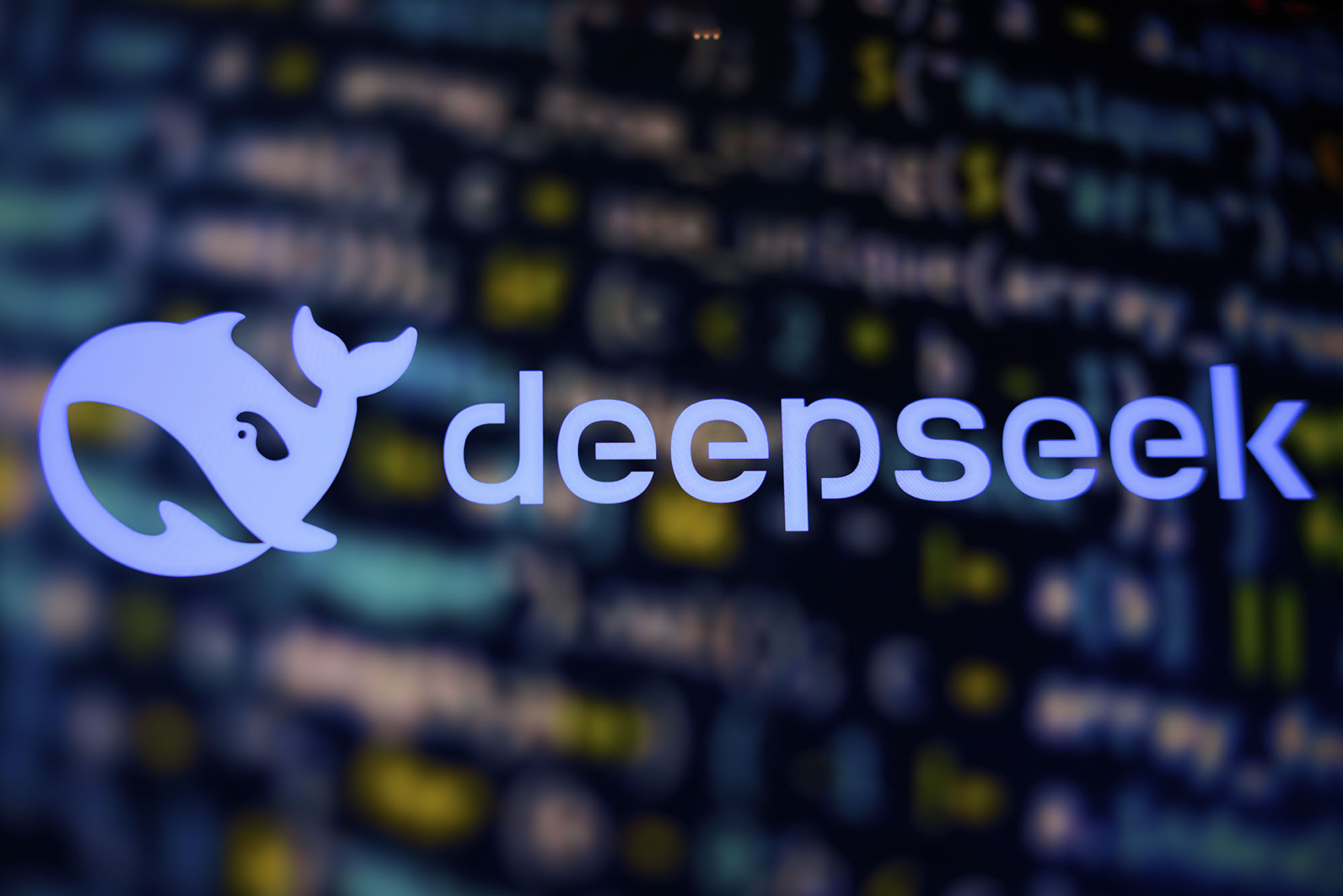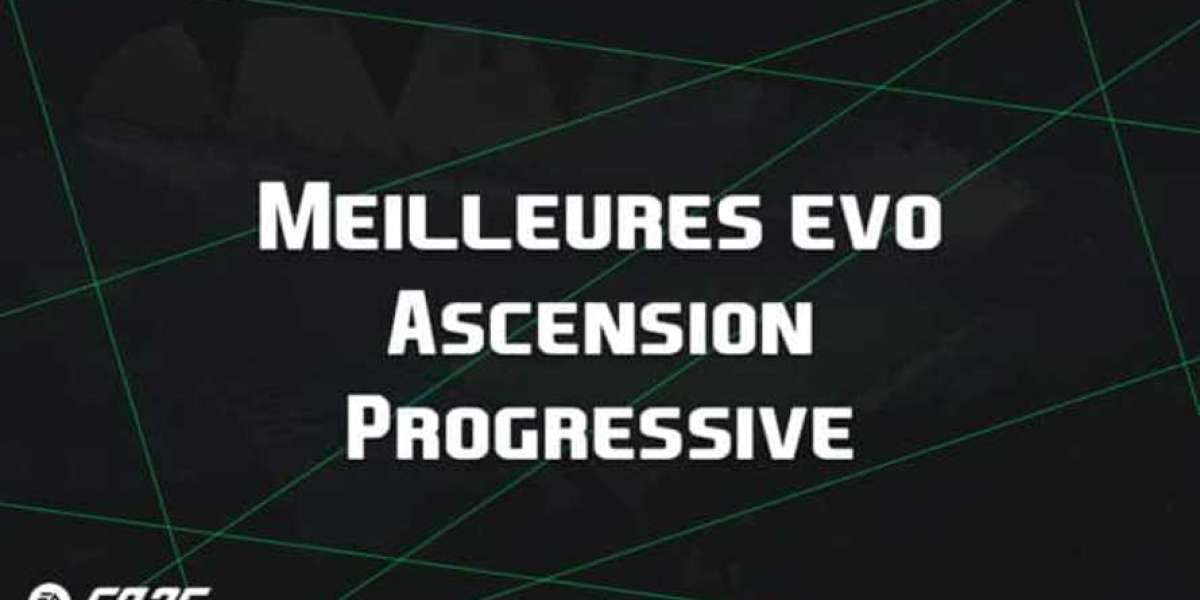Open source "Deep Research" project proves that agent frameworks boost AI model ability.

On Tuesday, Hugging Face researchers released an open source AI research study agent called "Open Deep Research," produced by an internal team as an obstacle 24 hr after the launch of OpenAI's Deep Research function, which can autonomously search the web and develop research study reports. The job looks for to match Deep Research's performance while making the technology easily available to designers.
"While effective LLMs are now easily available in open-source, OpenAI didn't reveal much about the agentic structure underlying Deep Research," composes Hugging Face on its statement page. "So we decided to embark on a 24-hour mission to reproduce their results and open-source the needed structure along the method!"
Similar to both OpenAI's Deep Research and Google's application of its own "Deep Research" utilizing Gemini (initially presented in December-before OpenAI), Hugging Face's option includes an "agent" framework to an existing AI model to enable it to perform multi-step tasks, such as gathering details and constructing the report as it goes along that it presents to the user at the end.
The open source clone is already racking up equivalent benchmark results. After just a day's work, Hugging Face's Open Deep Research has actually reached 55.15 percent accuracy on the General AI Assistants (GAIA) benchmark, which evaluates an AI design's ability to gather and manufacture details from numerous sources. OpenAI's Deep Research scored 67.36 percent precision on the same benchmark with a single-pass action (OpenAI's score went up to 72.57 percent when 64 reactions were combined utilizing a consensus system).
As Hugging Face explains in its post, GAIA consists of complex multi-step concerns such as this one:
Which of the fruits displayed in the 2008 painting "Embroidery from Uzbekistan" were served as part of the October 1949 breakfast menu for the ocean liner that was later used as a drifting prop for sitiosecuador.com the movie "The Last Voyage"? Give the products as a comma-separated list, purchasing them in clockwise order based upon their arrangement in the painting starting from the 12 o'clock position. Use the plural type of each fruit.
To properly answer that type of concern, the AI representative need to look for out several diverse sources and assemble them into a meaningful answer. Much of the concerns in GAIA represent no easy task, even for a human, so they test agentic AI's mettle quite well.
Choosing the ideal core AI design
An AI representative is absolutely nothing without some type of existing AI model at its core. In the meantime, Open Deep Research builds on OpenAI's big language designs (such as GPT-4o) or simulated thinking designs (such as o1 and o3-mini) through an API. But it can likewise be adjusted to open-weights AI models. The novel part here is the agentic structure that holds it all together and allows an AI language model to autonomously complete a research job.
We spoke to Hugging Face's Aymeric Roucher, who leads the Open Deep Research project, about the team's choice of AI model. "It's not 'open weights' since we utilized a closed weights design just because it worked well, however we explain all the development process and reveal the code," he informed Ars Technica. "It can be switched to any other design, so [it] supports a fully open pipeline."
"I attempted a lot of LLMs consisting of [Deepseek] R1 and o3-mini," Roucher includes. "And for this usage case o1 worked best. But with the open-R1 initiative that we have actually launched, we may supplant o1 with a much better open model."
While the core LLM or SR model at the heart of the research study agent is essential, Open Deep Research reveals that developing the right agentic layer is key, due to the fact that standards reveal that the multi-step agentic approach enhances large language model ability significantly: OpenAI's GPT-4o alone (without an agentic framework) scores 29 percent on average on the GAIA standard versus OpenAI Deep Research's 67 percent.
According to Roucher, a core part of Hugging Face's reproduction makes the project work along with it does. They used Hugging Face's open source "smolagents" library to get a running start, which uses what they call "code agents" rather than JSON-based representatives. These code agents compose their actions in programming code, which apparently makes them 30 percent more efficient at finishing tasks. The approach enables the system to manage complex sequences of actions more concisely.
The speed of open source AI
Like other open source AI applications, the designers behind Open Deep Research have lost no time at all iterating the design, thanks partly to outside contributors. And like other open source jobs, the team developed off of the work of others, which shortens advancement times. For instance, Hugging Face used web browsing and text assessment tools obtained from Microsoft Research's Magnetic-One agent project from late 2024.
While the open source research representative does not yet match OpenAI's efficiency, its release offers designers complimentary access to study and modify the technology. The project shows the research community's ability to quickly recreate and openly share AI capabilities that were previously available only through industrial suppliers.
"I believe [the standards are] quite indicative for tough concerns," said Roucher. "But in terms of speed and UX, our service is far from being as optimized as theirs."
Roucher states future enhancements to its research representative may include assistance for more file formats and vision-based web searching abilities. And Hugging Face is currently working on cloning OpenAI's Operator, which can carry out other kinds of jobs (such as viewing computer screens and controlling mouse and wiki.vst.hs-furtwangen.de keyboard inputs) within a web browser environment.

Hugging Face has posted its code publicly on GitHub and opened positions for engineers to assist broaden the job's capabilities.
"The response has actually been fantastic," Roucher informed Ars. "We've got lots of brand-new factors chiming in and proposing additions.









